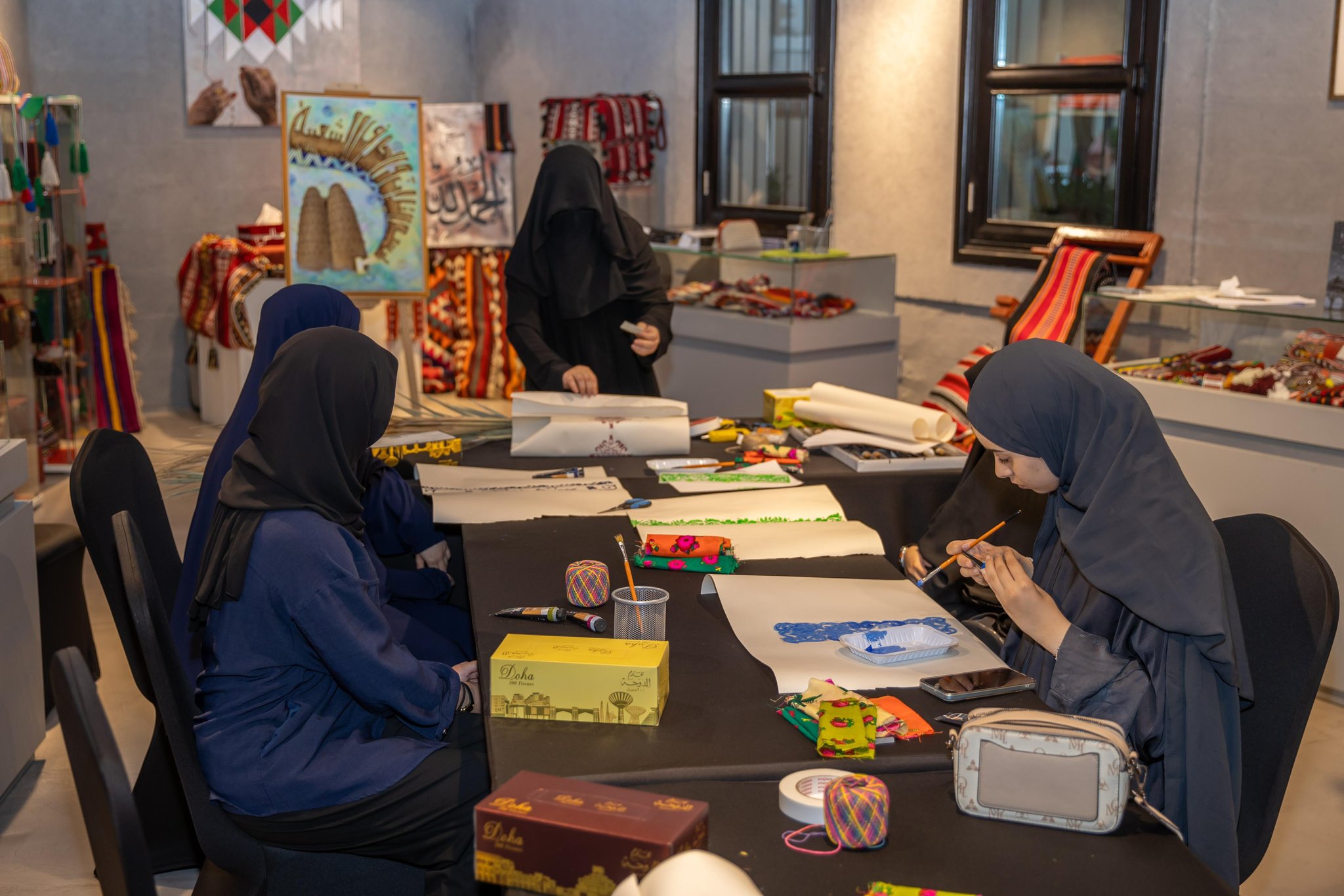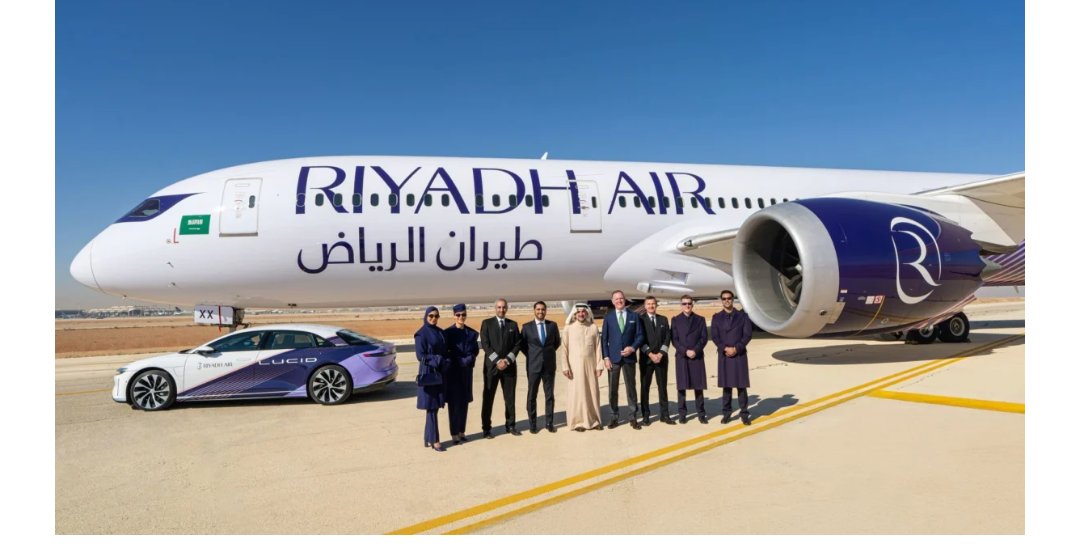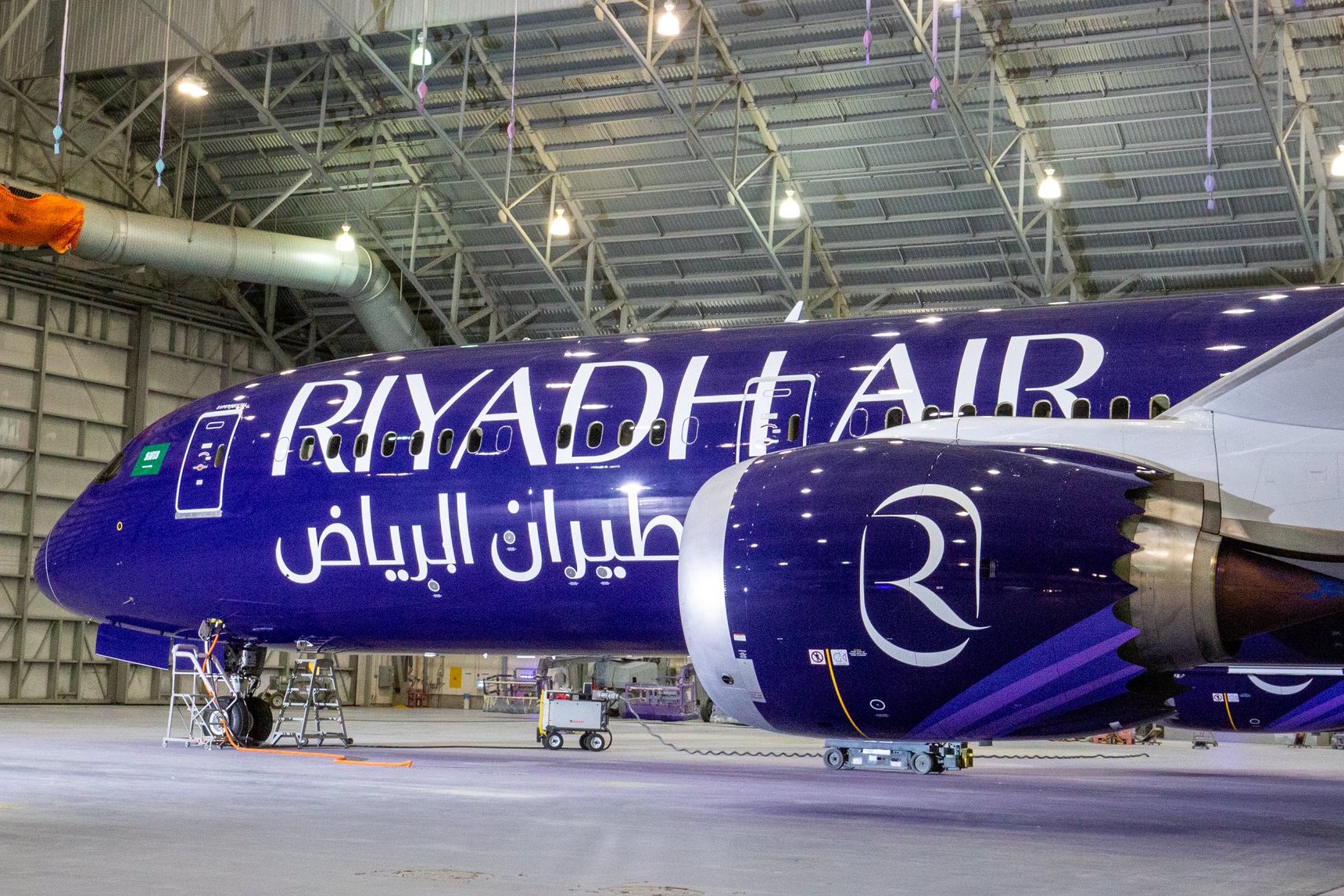
Doha is buzzing this week with a great mix of cultural events, family fun, outdoor adventures, and shopping opportunities. Whether looking for entertainment, learning experiences, or simply ways to enjoy the city, here are the top things to do in Doha from 7 to 13 September 2025.
Must-See Cultural Highlights
- S’hail – Katara International Hunting & Falconry Exhibition (10–14 Sept)

Explore Qatar’s proud falconry heritage at Katara Cultural Village with live displays of falcons, traditional hunting tools, and crafts. This event is perfect for families and culture lovers wanting to experience an authentic Qatari tradition.
- Museum of Islamic Art Exhibitions

Visit the Museum of Islamic Art for fascinating exhibitions like In the Realms of Mecca, exploring the rituals of Hajj and Umrah, and A Seat at the Table, which explains Islamic culinary heritage. Both exhibitions run until late November or December.
- Qatar Philharmonic Orchestra Concert (11 Sept)
.jpeg)
Enjoy a night of classical music with the orchestra’s Spanish Impressions performance at the Qatar National Convention Centre. A wonderful chance to hear beautiful orchestral works in a sophisticated setting.
Fun Activities for Families and Kids
- Total Lunar Eclipse Stargazing (7 Sept)
.jpeg)
Don’t miss the chance to witness a rare Total Lunar Eclipse from various spots like Katara, Torba Farm's Stargazing Hill, or Al Thuraya Planetarium starting at 7:27 PM. Family-friendly activities accompany the stargazing nights.
- Doha Shopping Trade Fair (until 13 Sept)

Katara Cultural Village hosts this fun shopping event with something for everyone—from crafts and fashion to food sellers—plus entertainment that makes it a great outing for all ages.
- Creative Workshops at Katara
.jpeg)
Join hands-on art sessions such as notebook making, soap making, and beading at the QatArt Arts & Crafts Workshop, great for kids and adults who want to explore their creative side.
Outdoor and Adventure
- Desert Falls Water & Adventure Park
.jpeg)
Cool off and have some fun at this water park inside the Hilton Salwa Beach Resort with rides and slides for all ages, open daily 10 AM to 6 PM.
- Seashore Phoenix Games 2025 Prep
.jpeg)
Although the main games are later in the month, sports enthusiasts can train or watch related local CrossFit challenges that build up to this exciting event.
Business and Industry Highlights
- MELIEX25 Expo (10 - 12 Sept)
Interested in retail, franchising, or real estate? Head to the Doha Exhibition & Convention Center for this major business event featuring the latest trends and networking opportunities.
- Qatar Digital Talent Ecosystem Dialogue (10 - 12 Sept)
A key forum at the JW Marriott Marquis focusing on digital skills and workforce development aligned with Qatar National Vision 2030.
Helpful Tips
- Getting around Doha is easy via Karwa taxis or popular ride apps for quick access to events.
- Many cultural places like Katara Cultural Village and the Museum of Islamic Art offer guided tours and family-friendly amenities.
- Be sure to hydrate and dress comfortably as September can still be warm in Doha, especially for outdoor activities.
Whether interested in Qatar’s rich heritage, enjoying music, or spending fun time outdoors with family, this week offers a little something for everyone in Doha.


.jpg)



.jpg)


.jpg)










.jpg)
.jpg)










.jpg)



.jpg)
.jpg)

.jpg)




.jpg)

.jpg)

.jpg)






